
Brixton-based filmmaker Mark Aitken has racked up some air miles. Since emigrating to the UK from South Africa in 1983, he has documented some fascinating stories from around the world – with his last feature Forest of Crocodiles – on the subject of fear in a white rural South African community – released in 2009.
Now he’s completed filming of a documentary – Dead When I Got Here – charting the lives of inmates in a mental asylum in Juárez, Mexico: an asylum which is run by its own patients. Mark and his team (also Brixton-based) are currently crowdsourcing funding for post-production (more info at bottom) – so I caught up with him to find out more about the project.
I’m curious to find out why, from the Cressingham Gardens estate by Brockwell Park, Mark decided to travel round the world to focus on Juárez.
‘I wondered how people could live in a city the size of Nottingham where eight people are murdered each day with impunity,’ he tells me. So in that sense, ‘Juárez followed on from my last film, Forest of Crocodiles, which was about people dealing with their fears.’
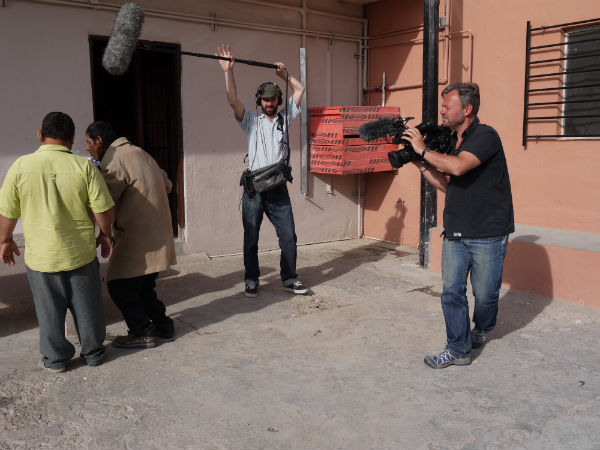
The statistics of murder, crime and drug abuse in Juárez are shocking, and I want to know more about the context in which an asylum which is run by its inmates can come about. Mark has written about this in gripping and vivid terms.
‘The asylum is situated just past the last junkyard on the curdled fringe of Juárez, as Highway 45 begins to cut through open desert. Distant mountains frame scattered abandoned houses: silent witnesses to thousands of people escaping poverty and violence or those dismissed in shallow graves. The US border is only several miles away. There’s good reason why a mental asylum run by its own patients exists here.’
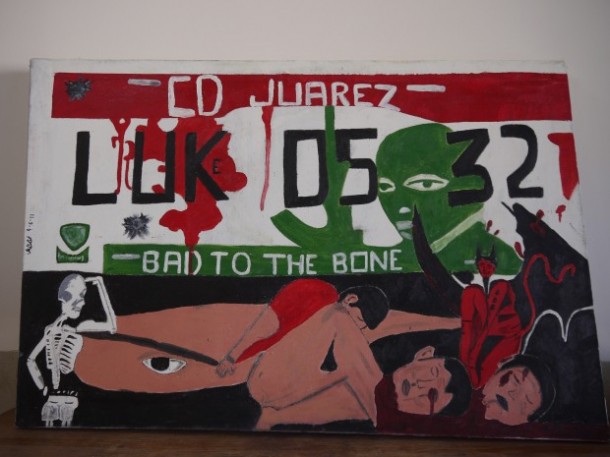
Mark tells me about the origins of the asylum: ‘In 1998, ‘El’ Pastor Galvan, a street preacher from Juárez, started to build the asylum in the desert for the dispossessed. He called it Vision and Action. I read about the place in a book by Ed Vulliamy, the Guardian journalist. 120 mental patients live there. Some have been mentally ill all their lives, some have blown their minds with drugs and all are recovering from the trauma of Murder City. They would all be dead if they weren’t housed at the asylum. They have few resources and medication is scarce. One thing they do employ is empathy and love and this goes a long way and sets them apart from the real madness of the city down the road.’
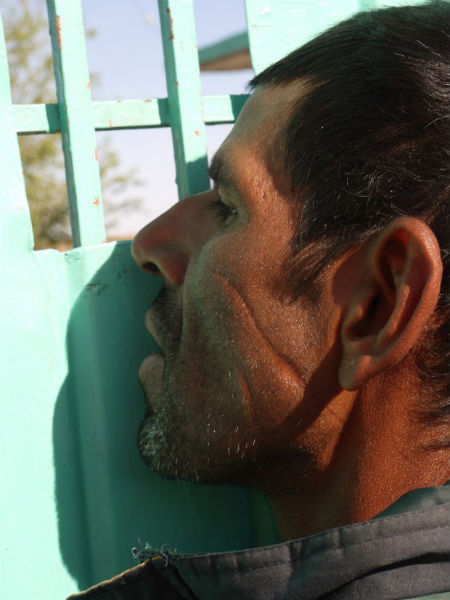
The talk of ‘Murder City’ could be taken as hyperbole. But in 2009, Juarez racked up over 2,000 homicides – bestowing upon it the ignoble title of “the most violent zone in the world outside of declared war zones”.
Aitken’s approach in the film centres on a personality in the asylum – Josué Rosales. Mark says that he is a very ‘reflective’ inmate who acts as the ‘guide to take us through this strange place’.
Josué’s story is, perhaps expectedly, a dark one.
‘30 years ago he had jumped a train from Mexico and landed in LA. There he slipped into a life of drugs and gang violence and ended up doing 10 years for murder in San Quentin with Charles Manson. Eventually he was deported and ended up on the streets in Juárez. Six years ago he was dumped at the asylum, unable to walk and with gangrene in his arm from 30 years of heroin abuse. After a year he recovered and now manages the place. One of his tasks is to administrate medication and no irony is lost on him.’
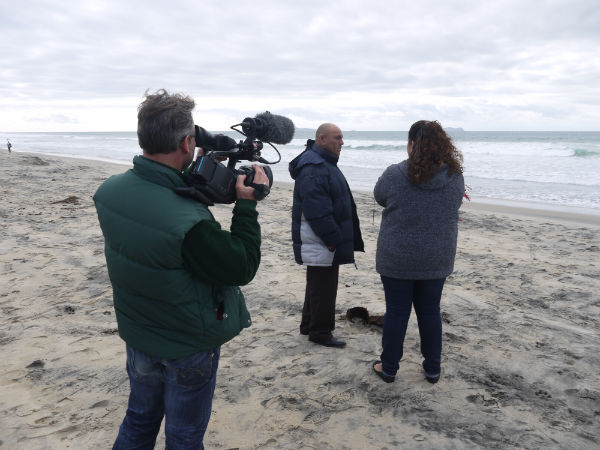
Filming a reunion
But there is a fantastic and remarkable development in the film – one of those quirks of filmmaking and story-telling which can’t be invented. Mark says that Josué asked him to look for his daughter in California – to which he could only respond that it was a pretty ‘big place’!
But ever hopeful, he put up a trailer for the film on the internet.
Then, last July he received an email from Josué’s daughter wanting to know what her father was doing in a mental asylum. ‘She thought he was dead and hadn’t seen him in 22 years. By Christmas last year I arranged for them to meet and filmed the occasion.’ It was, Mark says, ‘a happy story from a very harsh place.’
Mark and his team are looking to release the film next year – but they need your help. Their kickstarter campaign, which runs until 27th June, is located here: http://www.kickstarter.com/projects/deadwhenigothere/dead-when-i-got-here
And if you need any more encouragement – Mark says there are ‘lots of great rewards for donors’!
Find out more about Dead When I Got Here at deadwhenigothere.org
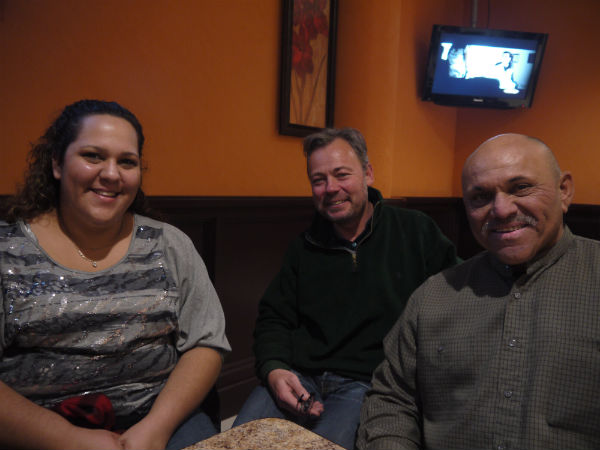

















Fascinating story, but what exactly does he need £10K for? A £250 pledge in return for a book seems a bit steep? Has the guy lost track of reality?
The £10K goes towards “Good editors and facilities need to be paid for and editing this film will take two months. This will cost £10k ($15k). Other costs include music composition and recording and ‘finishing’ costs such as subtitling, a sound mix, colour grade and production of a DVD.”
This is remarkably little money for a film of this type.
The £250 pledge gives you the book PLUS special DVD. It’s kickstarter, not an online store – your money goes directly towards the project and the incentives are a bonus to say thank you.
[…] Luke Massey reports on local film maker Mark Aitken in the Brixton Blog – south London’s finest local newspaper. Read it here. […]